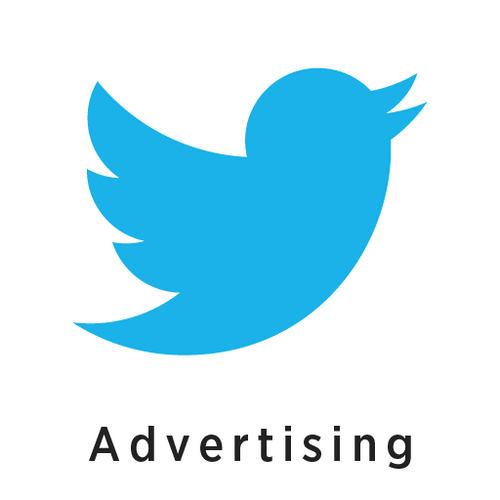We Lost 99% Of Our Customers. Then We Pivoted & Hit $300K ARR In 12 Months
Hello! Who are you and what business did you start?
Hello. I am Nishith Patnaik. I have been entrepreneurial for 15 years and this is my 3rd company. As an engineer first, I took the jump to management and startups during my second venture, Vonnex, which was selling enterprise software solutions and contact center services to Mandarin-speaking China and French-speaking West Africa.
After an 8-year-old stint (and an exit), I started NHANCE NOW with my friends and colleagues Alok, Praveen, and Manab. NHANCE NOW is 4 years old and we help D2C ventures (in retail, electronics, FMCG, insurance, financial services, and education) shift from human-first enterprises to digital-first-growth machines. Our Conversational Automation Platform helps businesses build and deploy fully automated Digital Stores and Contact centers using messaging apps like WhatsApp, Messenger, and Instagram.
However, we didn't start with this! We started the NHANCE NOW journey with an aspirational product called Digital Experience Card or DX Card. It was designed for the Retail and Electronics segment to help them put all post-purchase interaction touchpoints on a Sorry, you need to login and/or become a member to view the rest of this content.

Download the report and join our email newsletter packed with business ideas and money-making opportunities, backed by real-life case studies.

Download the report and join our email newsletter packed with business ideas and money-making opportunities, backed by real-life case studies.

Download the report and join our email newsletter packed with business ideas and money-making opportunities, backed by real-life case studies.

Download the report and join our email newsletter packed with business ideas and money-making opportunities, backed by real-life case studies.

Download the report and join our email newsletter packed with business ideas and money-making opportunities, backed by real-life case studies.

Download the report and join our email newsletter packed with business ideas and money-making opportunities, backed by real-life case studies.

Download the report and join our email newsletter packed with business ideas and money-making opportunities, backed by real-life case studies.

Download the report and join our email newsletter packed with business ideas and money-making opportunities, backed by real-life case studies.







































